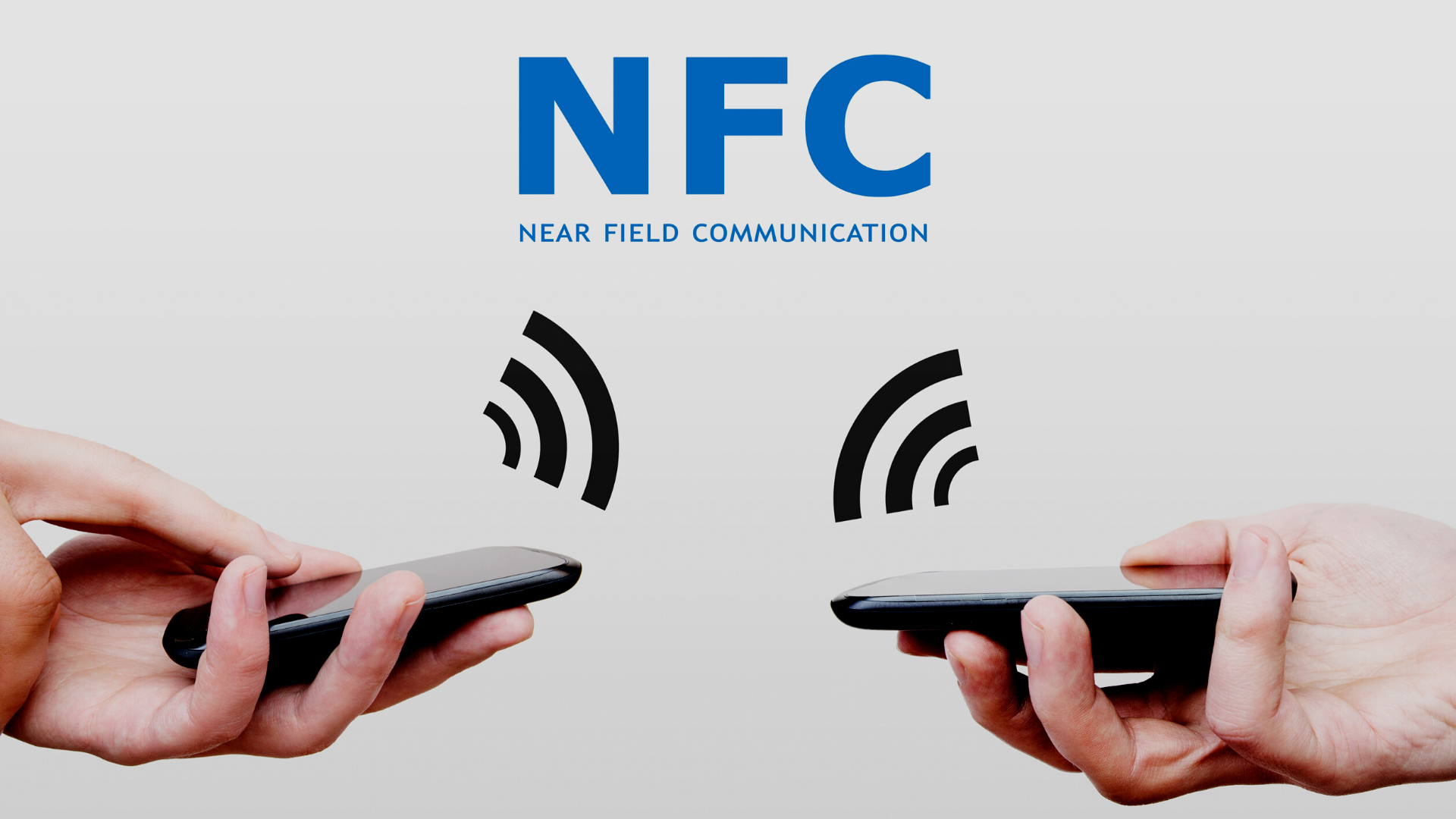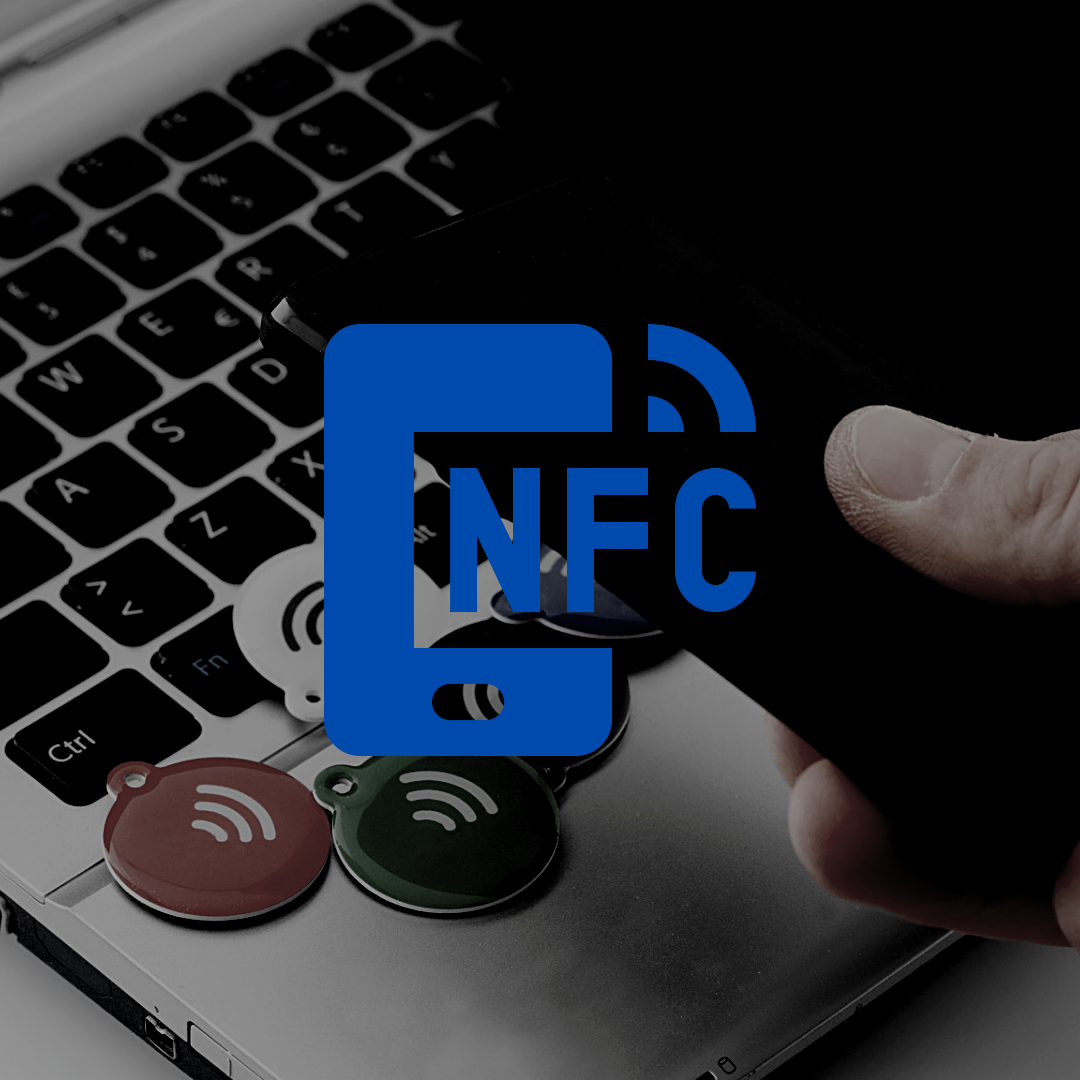What is NFC?
NFC stands for Near Field Communication. It allows your cellphone to connect with something nearby (around 4cm away). NFC provides a wireless connection between your device and anothers, allowing for two-way communication.
NFC Features
Short-range Connectivity
Establish short-range communication by bringing a portable device such as a smartphone or other nfc enabled device within 4 cenitimetres of each other.
Contactless Payments
NFC payments enables consumers to make purchase directly with their smartphone and even smartwatch.
Improved Security
NFC encrypts the data before transmission and also requires pairing between devices before communication begins.
Programming NFC Tags
Programming an NFC tag involves writing the task you want to automate on the tag.
This information is stored in the tag such that whenever an NFC-enabled device (e.g., smartphone) comes near the tag, it immediately performs the intended action.
Examples of using NFC
Public Transport
Benefits of using NFC in transport means no long waiting at the ticket kiosk. Travellers can now easily use their smartphone to obtain tickets and continue on their journey.
Advertising
More companies use this technology in their outbound campaign, like in billboards. Consumers only need to hold their smartphone next to the the nfc-tag to get information that’s why it can be extremely effective and engaging.
Customer Support
E-commerce is booming and more people are shopping online. As a webshop owner you can think of putting nfc-tags inside the shipping boxes that way consumers can get in contact in no-time by using their smartphone.
Networking
Implementing NFC in your vCard is a smart way to connect with other people, just by holding a smartphone near the card and save the contact in your list.

